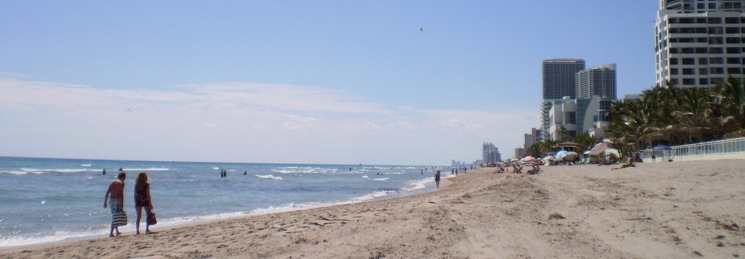
When I was visiting the National Gallery last year, I really enjoyed a few works I saw by Lawrence Paul Yuxweluptun--they seemed at once to be abstract and politically pointed. (I'm thinking here of Tweaker, a beautiful abstract-seeming painting that also refers to drug addiction and First Nations issues.) Looking at his work later online, I also really enjoyed how he took First-Nations symbols and turned them, kind of conversely, into "real-world" figures. (The image above, New Chiefs on the Land, is a good example of this stream of his work.)
So when I heard Yuxweluptun was having two concurrent shows in Vancouver--one at dealer Buschlen Mowatt and one at the nonprofit Contemporary Art Gallery--I thought it would be a great chance to chat with him. The resulting Q&A is out in today's National Post. Here's an excerpt:
Q Other paintings of yours can seem quite abstract. How do those relate to your concerns?
A Well, we can look at land claims in an abstract way. How much money do you want to settle this land? OK, well, then, what price do I put on a rainbow that touches my land? Maybe I have to look at every raindrop that created the rainbow. And then I have to look at every cloud that creates the raindrop. And so on.
Basically, I'm working to look at all these things, and to create a style that translates one culture into another culture so others can see it. I'm an artist, so I think that's in my job description--I'm responsible for looking at life, whether it's a tree in the forest or the fact that Frank Paul was dragged out to die in the rain.
Q What else do you make paintings for?
A Well, for all these heavy things I've talked about, I do enjoy creating them. Art can be a lot of fun, a way of helping others. I've worked for over 30 years to develop my style. In the past, I made a lot of black and white drawings because I wasn't sure I was skilled enough to paint those same images. Sometimes it's taken 20 years between the initial drawing and the final painting.
The hardest artwork I ever did was about two Indian heroin addicts. I sat there and drank my beer while they shot up. And there was no totem pole. There was no framework that would allow me to deal with that cultural context. I had to look at it in a different form--instead of a physical, humanoid image, I took it to a symbolic level.
Overall, I think what comes out in my work is the lived experience instead of the gaze, or the lived experience instead of somebody else's gaze.
The artist also has work in the Vancouver Art Gallery's group show Landscape Manual, and the group show on abstraction in First Nations art at the National Gallery continues to April 2010.
Image of Yuxweluptun's New Chiefs on the Land from Guestlife.com
Thursday, March 25, 2010
Critical Canvas: Q&A with Lawrence Paul Yuxweluptun
Subscribe to:
Post Comments (Atom)

No comments:
Post a Comment